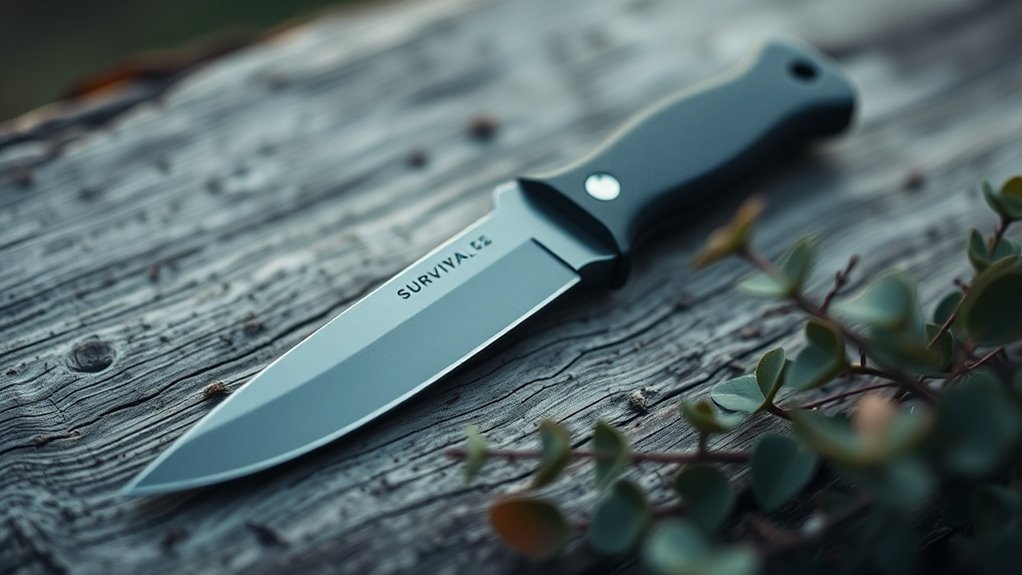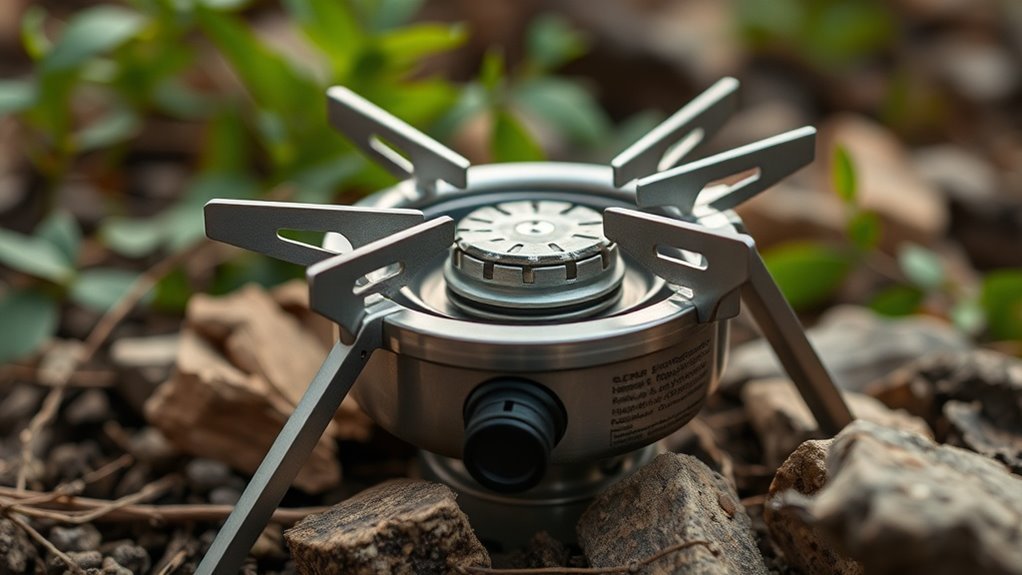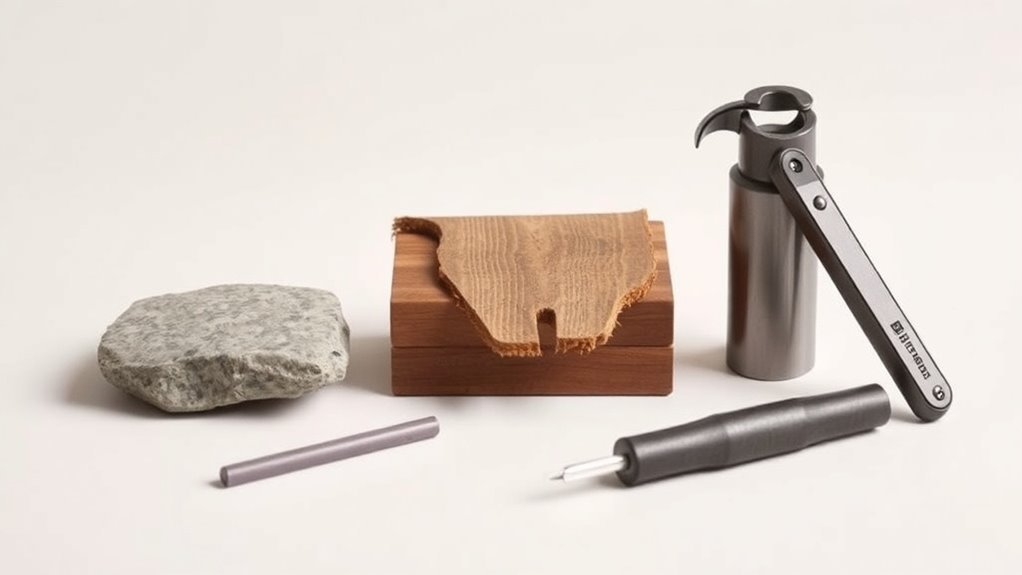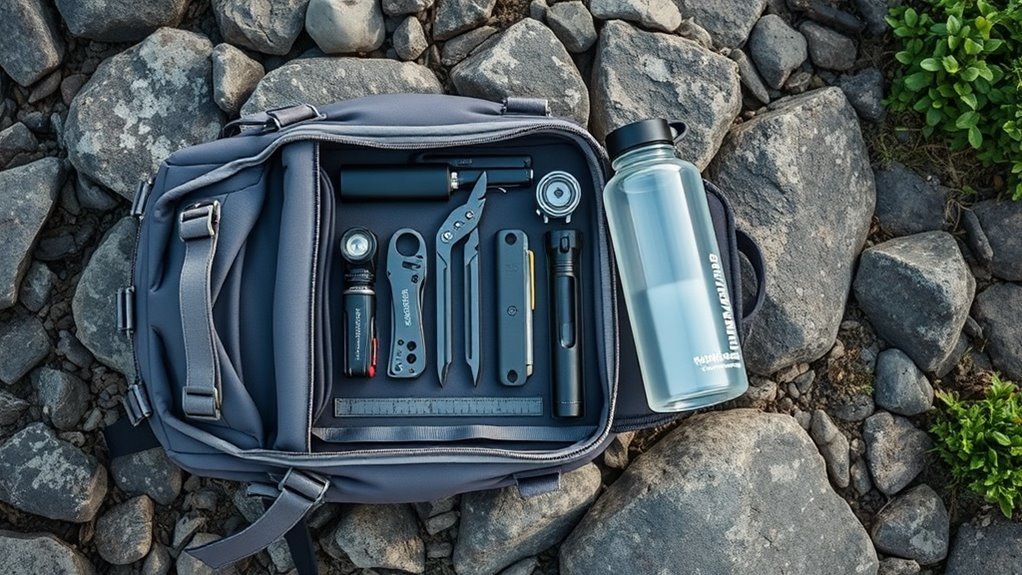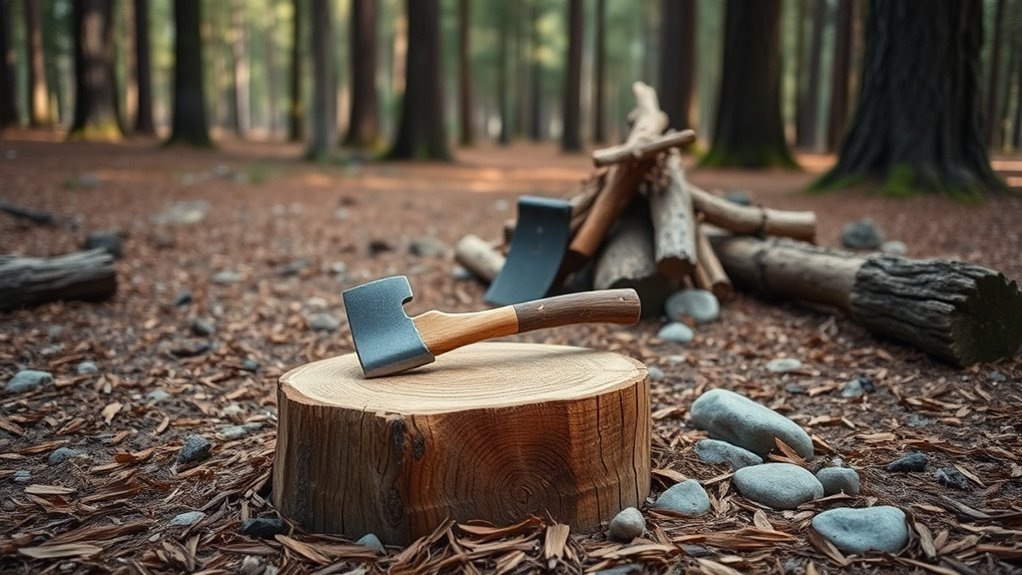Water Filtration Tools: How They Work in the Wild
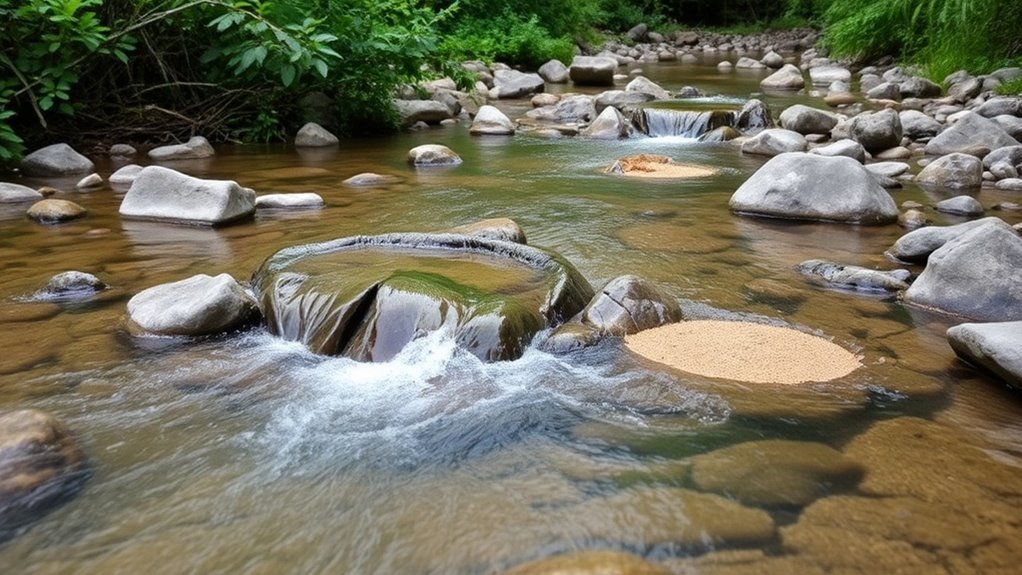
When you’re in the wild, water filtration tools help you access safe drinking water. Mechanical filters catch sediments and larger particles, while chemical methods use agents like chlorine to purify. UV purifiers eliminate harmful pathogens without adding chemicals. Each tool has its unique strengths, so it’s essential to choose one that fits your needs. For more tips on how to maximize your filtration experience, just keep exploring the options available to you.
Key Takeaways
- Portable mechanical filters, like straw systems, remove sediment and particles for immediate safety while hiking or camping in the wild.
- UV purifiers effectively eliminate bacteria and viruses without adding chemicals, ideal for treating water from natural sources.
- Activated carbon filters improve taste and reduce odors, making them suitable for enhancing the quality of questionable water.
- Reverse osmosis systems, although less portable, provide thorough purification, requiring access to pressurized water sources, suitable for base camps.
- Regular maintenance of ceramic filters ensures reliable performance in the wild, catching bacteria and protozoa effectively over time.
Types of Water Filtration Tools
When you’re looking to improve your water quality, understanding the different types of water filtration tools can make a big difference.
There are several options available, each catering to different needs. For instance, activated carbon filters are great at reducing contaminants and improving taste; they’re popular in pitcher models.
If you need something more advanced, reverse osmosis systems can remove a wider range of impurities, offering high-quality results for home use.
UV purifiers use ultraviolet light to kill bacteria and viruses, making them suitable for well water.
Finally, ceramic filters are known for their durability and effectiveness in filtering out larger particles.
Knowing these types helps you choose the right tool for your specific requirements and enhances your overall water experience.
Mechanical Filtration Explained

Mechanical filtration is an effective method for removing particles and sediments from water, ensuring it’s clean and safe to use. When you’re out in the wild, using a mechanical filter can be a game-changer.
These filters typically rely on a physical barrier, like a mesh screen or a filter cartridge, that traps contaminants while allowing clean water to pass through. This process is straightforward; as you draw water through the filter, larger impurities such as dirt, sand, and debris are caught, improving the water’s clarity.
You can find various portable mechanical filters, ranging from simple straws to more complex pump systems. It’s a reliable first step in your filtration process, especially when chemical treatments aren’t an option.
Chemical Filtration Methods
When it comes to chemical filtration methods, you’ll want to understand the various agents used to purify water.
These methods involve specific processes that target contaminants effectively.
Let’s break down how chemical agents work and what the filtration process looks like.
Chemical Agents Overview
Chemical filtration methods play an essential role in water purification by using various chemical agents to remove contaminants. These agents include chlorine, ozone, and activated carbon, each working differently to enhance water quality.
For instance, chlorine is effective against bacteria and viruses, while ozone offers strong oxidizing properties to eliminate organic matter. Activated carbon, on the other hand, excels at absorbing chemicals, odors, and toxins.
When you’re out in the wild, understanding these agents helps you choose the right filtration system. While some agents neutralize harmful microorganisms, others target specific pollutants.
Filtration Process Explained
Understanding the various chemical agents is just the beginning; knowing how the filtration process works is equally important. Chemical filtration primarily involves using agents to remove contaminants from water. Here’s how it typically works:
- Adsorption: Chemical substances, like activated carbon, bond with impurities, trapping them in their structure.
- Coagulation: Chemicals are added to destabilize suspended particles, causing them to clump together and settle.
- Disinfection: Chlorine or other disinfectants kill bacteria and viruses, ensuring water safety.
These processes collectively purify your water, making it safe to drink.
Ultraviolet Water Purification
Ultraviolet (UV) water purification is a highly effective method for eliminating harmful pathogens from drinking water.
It works by exposing water to UV light, which disrupts the DNA of bacteria, viruses, and other microorganisms, rendering them incapable of reproduction. This process doesn’t add chemicals to your water, so it maintains the original taste and quality.
When you use UV purification, it’s important to verify the water is clear, as turbidity can block the UV light. Additionally, you’ll need a power source for the UV device, but many portable options are available for outdoor adventures.
This system is quick and efficient, making it a great choice for emergency situations or camping trips when safe drinking water is vital.
Key Factors to Consider When Choosing a Filtration Tool
When you’re choosing a water filtration tool, you’ll want to evaluate the type of filtration method that best suits your needs.
Portability and weight are also important factors—after all, you’ll want something that’s easy to carry if you’re on the go.
Knowing these key aspects can help you make an informed decision.
Filtration Method Types
Choosing the right water filtration method can seem challenging, especially with so many options available. Each method has distinct advantages and disadvantages, so it’s essential to take into account your needs.
Here are three key filtration method types to help you decide:
- Activated Carbon: Great for removing chemicals and improving taste but may not eliminate all pathogens.
- Reverse Osmosis: Highly effective for removing impurities and contaminants, but often requires a pressurized system.
- Ceramic Filtration: Excellent for filtering bacteria and protozoa but might be slower and requires regular cleaning.
Evaluate factors like water source, desired purification level, and specific needs before selecting your filtration tool.
Portability and Weight
Although you might prioritize purification capabilities, portability and weight are essential factors to take into account when selecting a water filtration tool, especially for outdoor adventures.
You don’t want to lug around a heavy filter, as this can greatly impact your mobility and enjoyment. Look for lightweight options that won’t add extra burden to your pack.
Compact designs make storage easier, and they can fit in your gear without taking up too much space. Consider your trip length, too; longer outings may require a more versatile, portable filter that can handle various water sources.
Ultimately, a good balance of filtration effectiveness and portability will enhance your experience and keep you hydrated without the hassle.
Best Practices for Using Water Filtration Tools in the Wild
While you’re exploring the great outdoors, knowing how to effectively use water filtration tools can mean the difference between hydration and illness.
Here are some best practices to keep in mind:
- Choose Your Source Wisely: Always collect water from running sources when possible, like streams or rivers, as they’re less likely to harbor contaminants.
- Pre-Filter if Necessary: If the water source is murky, pre-filter it through a cloth or bandana to remove larger particles before you use your filtration tool.
- Follow Manufacturer Instructions: Each water filtration tool has specific guidelines. Make sure you know how to operate yours properly for peak performance and safety.
Questions
How Long Do Water Filtration Tools Typically Last?
Water filtration tools typically last anywhere from a few months to several years, depending on usage and maintenance. Regularly replacing filters and cleaning the device can greatly extend its life, ensuring reliable performance when you need it.
Can I Filter Salt Water?
Filtering saltwater’s like trying to squeeze juice from a rock; it just won’t work. You can’t filter salt from water with standard tools. Desalination methods are needed for making saltwater safe to drink.
What Contaminants Can Filtration Tools Remove?
Filtration tools can remove contaminants like bacteria, viruses, sediment, chlorine, and certain chemicals. They’re designed to improve water quality, making it safer for drinking and cooking, but effectiveness varies depending on the tool used.
Are DIY Water Filters Effective?
DIY water filters can be effective, but their efficiency varies. You should research the materials used, guarantee proper construction, and understand that they may not remove all contaminants. Testing your filter helps guarantee safety.
What Is the Cost Range for Water Filtration Tools?
Like a treasure hunt, the cost for water filtration tools usually ranges from $20 to over $100, depending on the complexity and durability. You’ll find budget-friendly options that still deliver clarity and safety.
Conclusion
In the wild, having the right water filtration tools can be a lifesaver. By understanding the different types—from mechanical to UV purification—you can choose the best option for your needs. Remember, “an ounce of prevention is worth a pound of cure.” Always be prepared and practice safe water collection methods. With these tools and tips, you can enjoy fresh, clean water on your adventures, keeping you energized for whatever nature throws your way!

